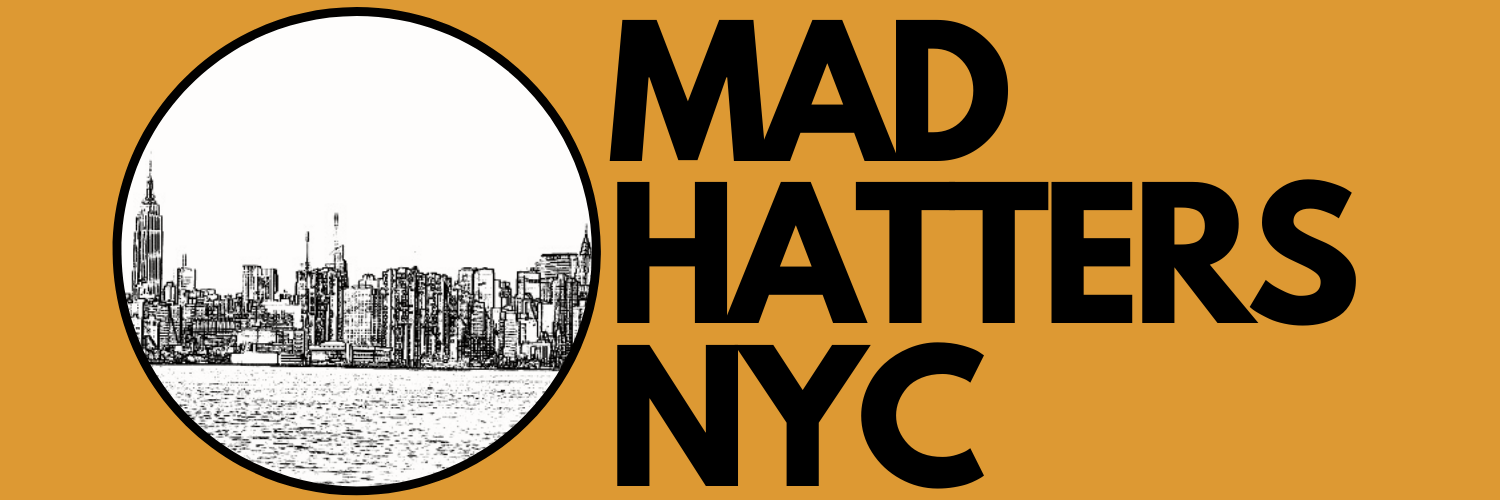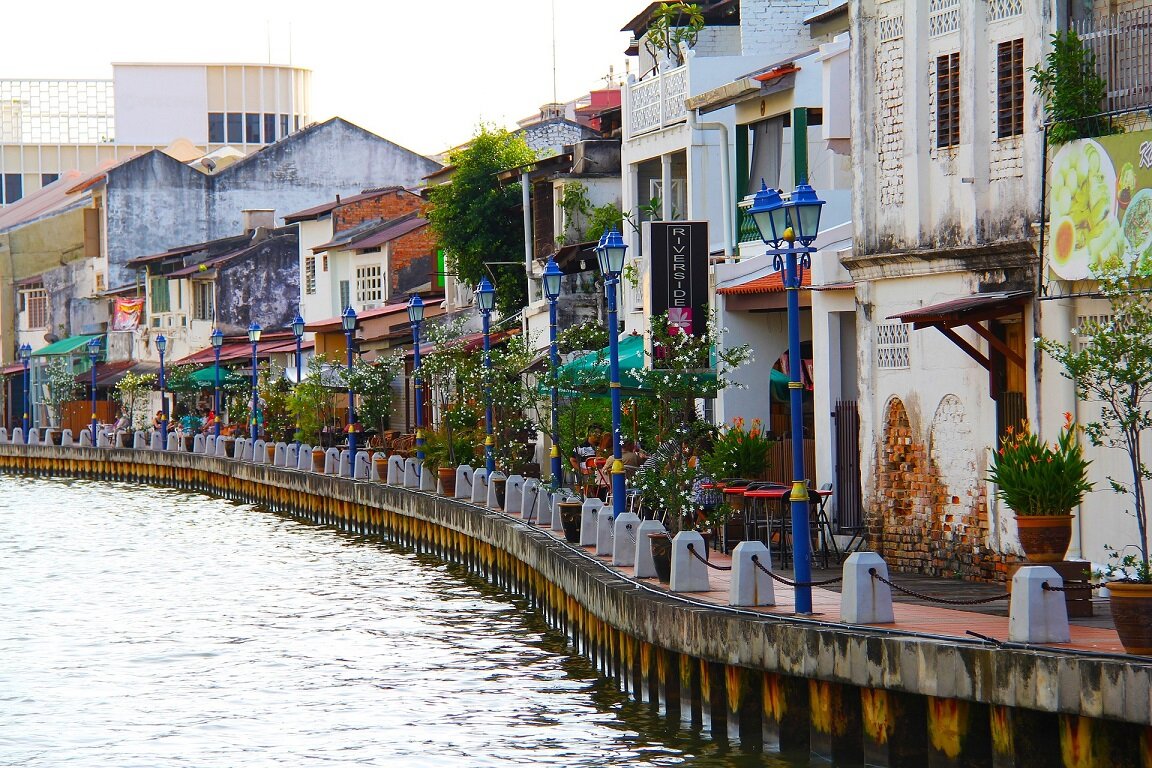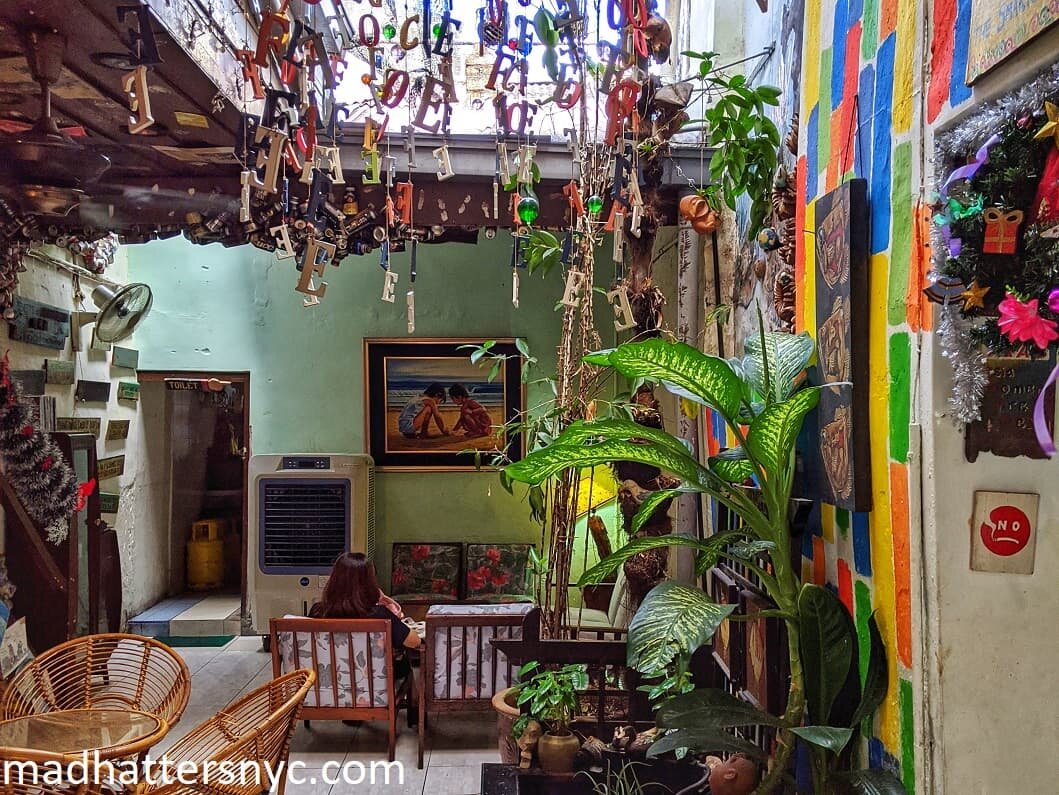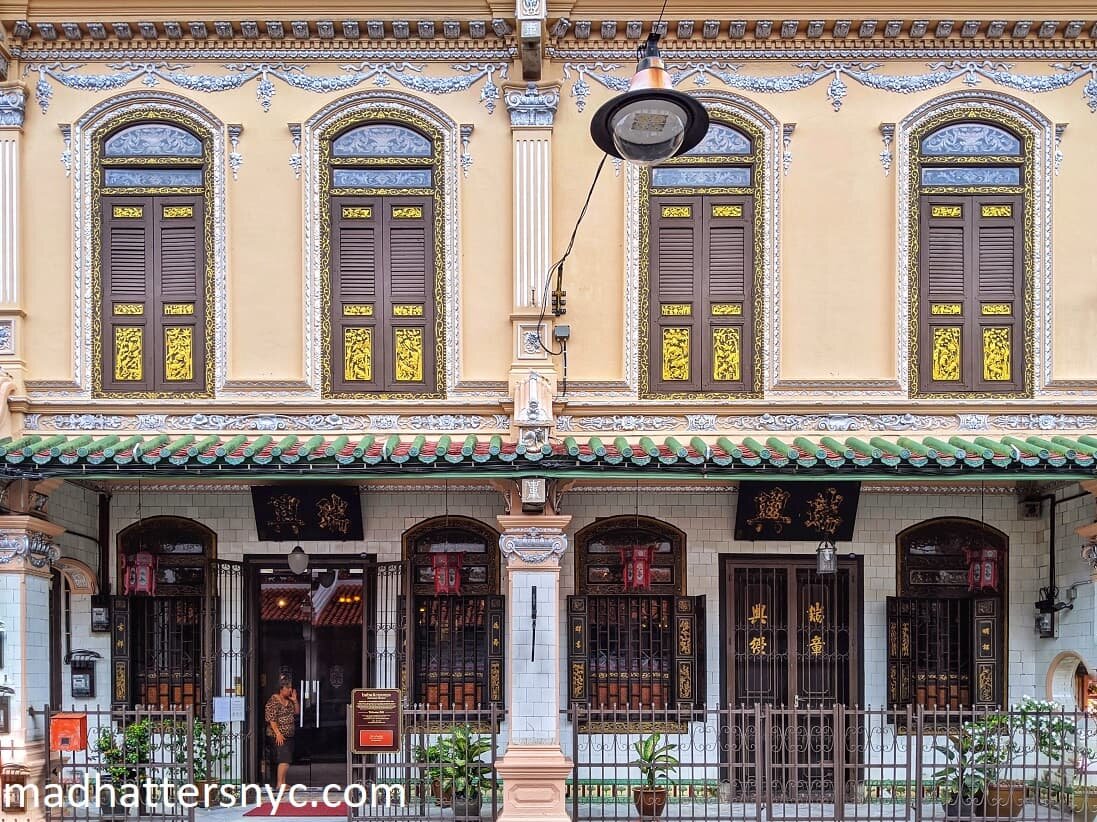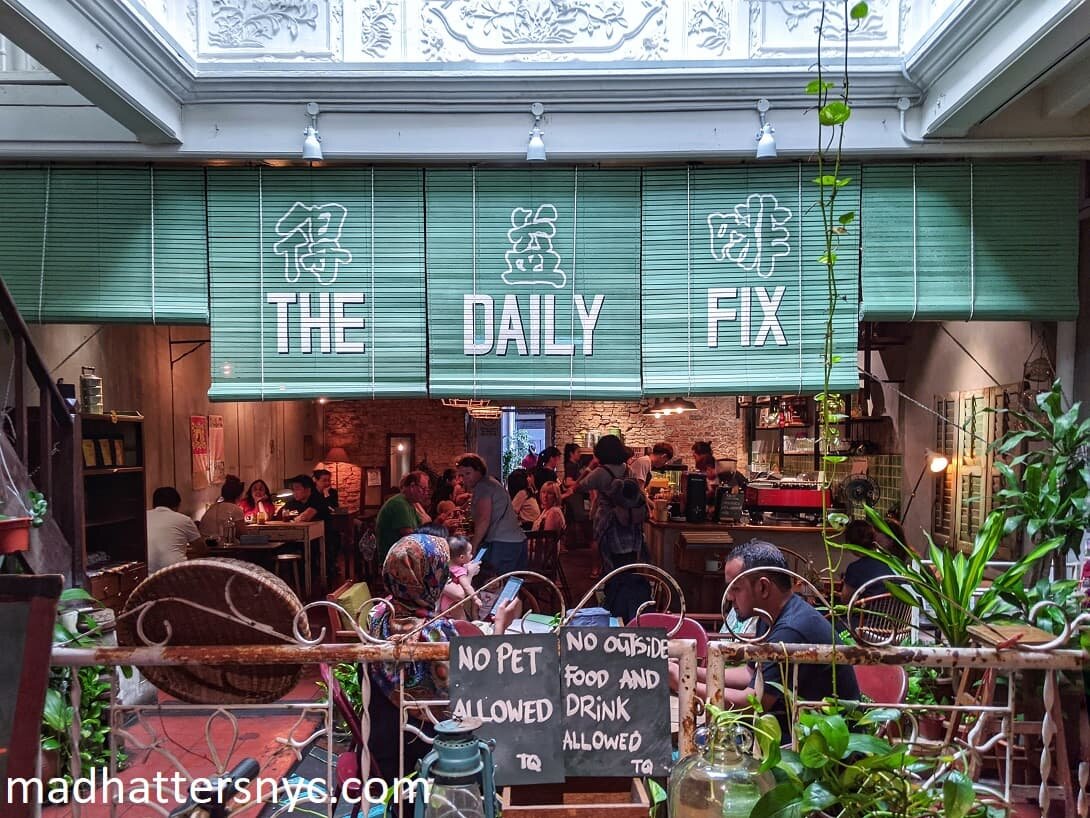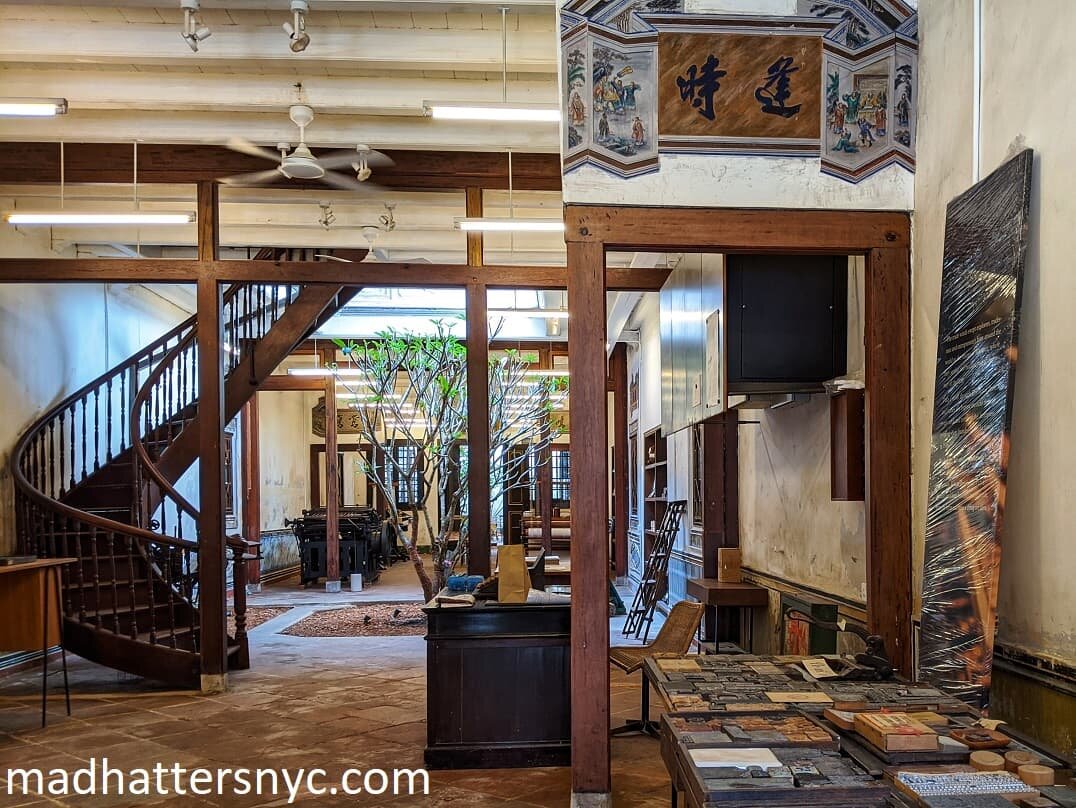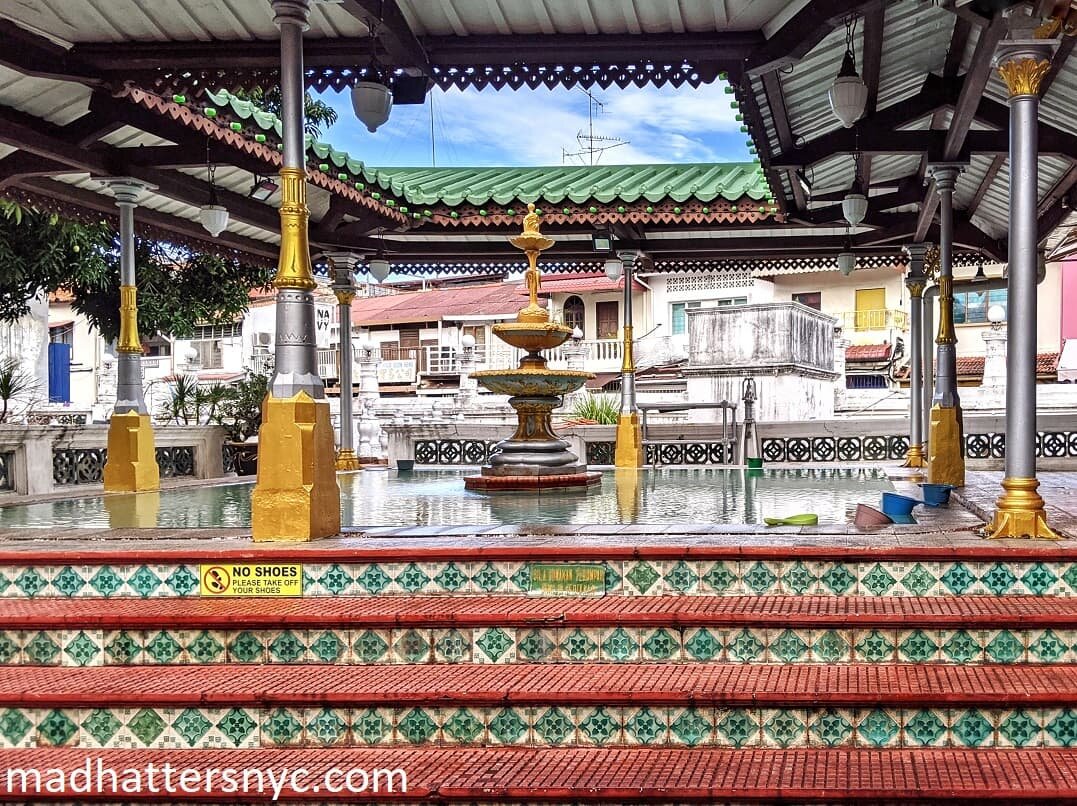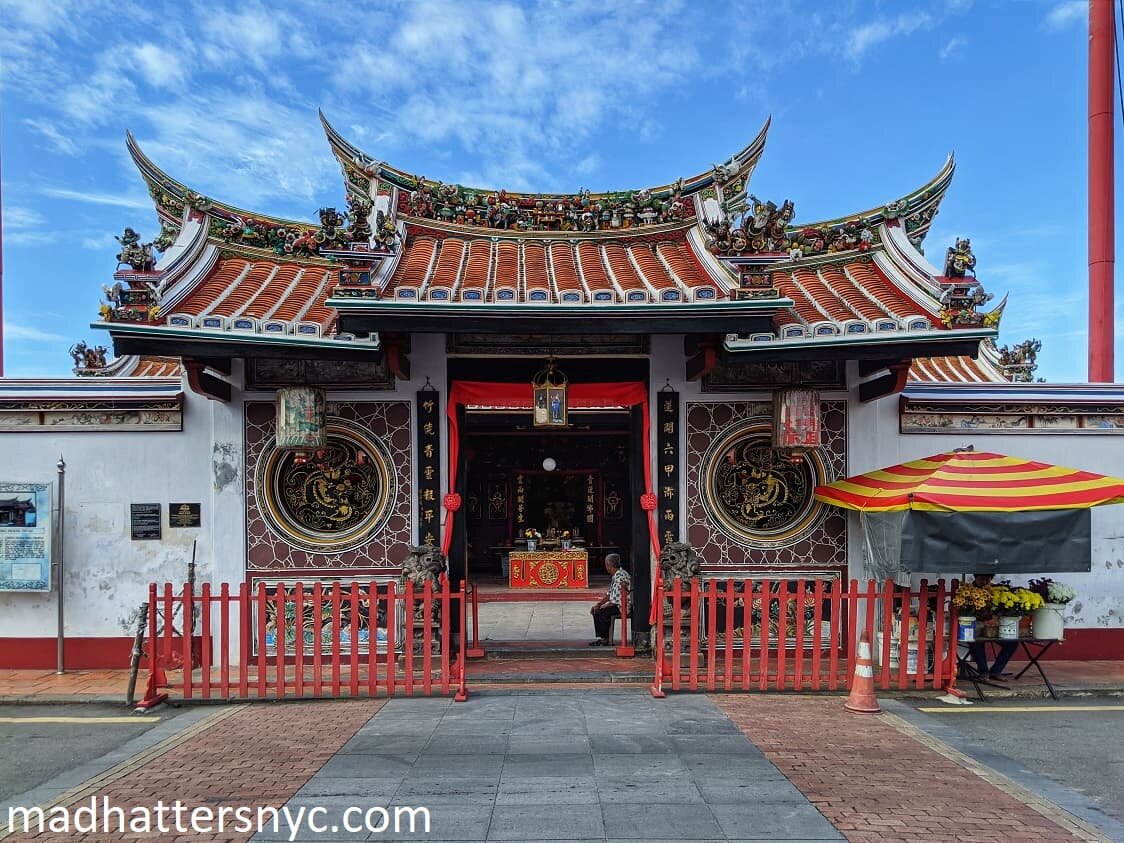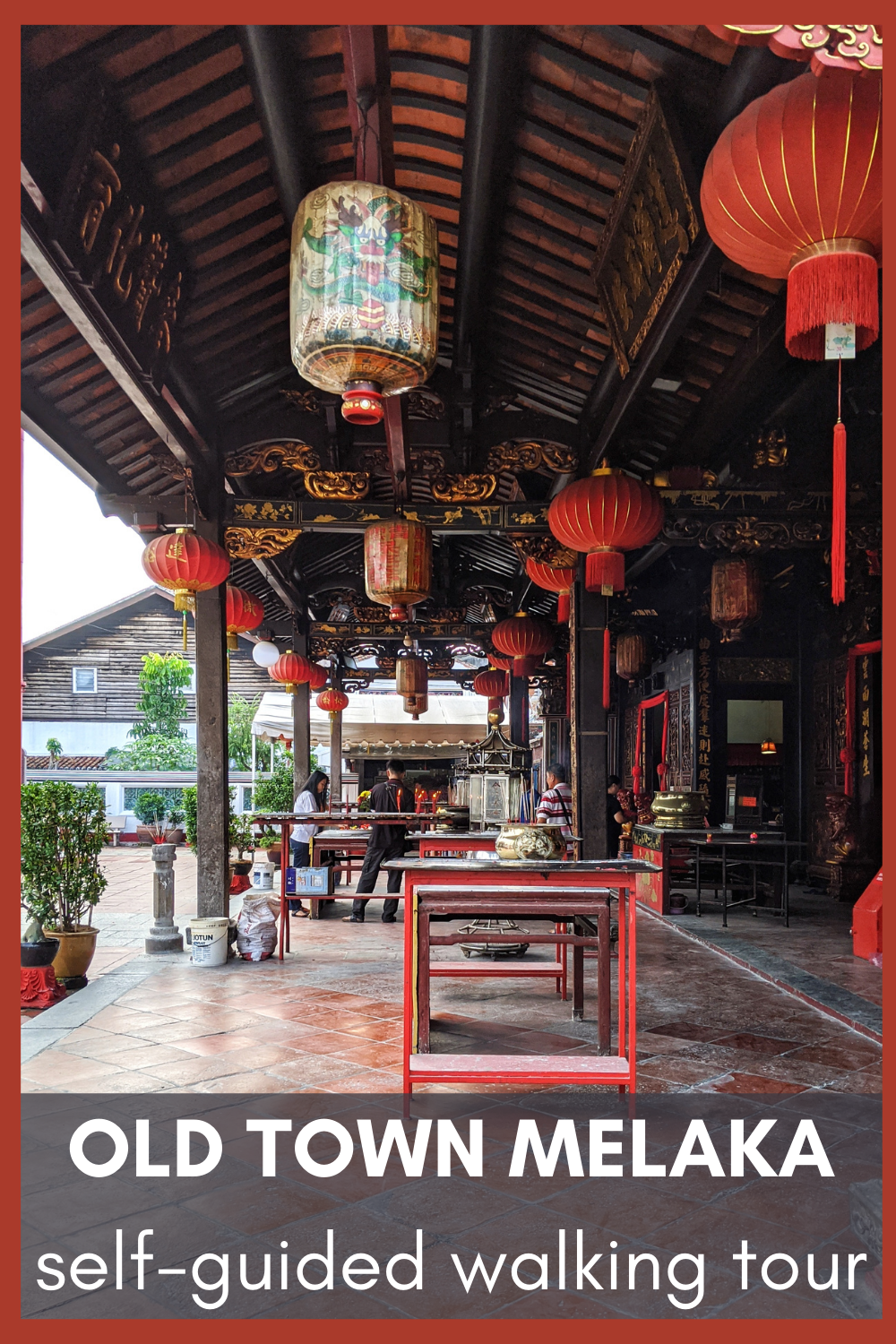A Self-Guided Walking Tour of Magical Old Town Melaka
If you grew up in Malaysia like I did, there’s a good chance you might have visited Melaka on a school trip. The World Heritage City brought history textbooks to life; but at age 11, I was much more excited about the fun bus ride with my classmates than the cultural influences and old world architecture. Fortunately, a recent trip back to Malaysia gave me the opportunity for a do-over. Like everything else in the home I left many years ago, Melaka has changed significantly since I last saw it. It's exploded as a travel destination, drawing visitors from all over the world. But I’d changed too, and I'd developed a newfound appreciation for all it has to offer. If you're heading to Melaka, this self-guided walking tour allows you to experience the best of its intoxicating Old Town.
Note: Malacca is the English spelling, which is a holdover from British colonial rule. I've chosen to use Melaka, as its spelled in Malay, throughout this article.
Why you should visit Melaka
It’s not lost on me that I grew up in one of the world’s best travel destinations, and managed to take it all for granted. Malaysia is has everything from pristine beaches with top rated all-inclusive resorts, to lush natural landscapes perfect for hiking and trekking. But getting to the soul of the country involves learning its history and culture, which is where Melaka shines.
Peranakan Culture
Melaka was discovered by a Sumatran prince fleeing current-day Singapore after killing the regent appointed by the King of Siam. Still fearing retribution from the King of Siam, he forged a relationship with the Chinese Ming Dynasty for protection. This drew Chinese traders through its port, and Melaka became a thriving commercial hub. Chinese businessmen intermarried with the locals, which resulted in the unique hybrid Peranakan culture.
Peranakan Chinese are unique to Southeast Asia, with established communities along the Straits in Penang, Melaka and Singapore. Peranakan men are called Babas and Peranakan women are called Nyonyas. They were affluent and influential members of society, and their distinct cuisine, fashion and architecture are still sought after and admired today.
Colonial History
Melaka’s success as a port made it a desirable target for colonization. In 1511, the Portuguese managed to wrestle power away from the Malay Sultanate. The burgeoning spice trade brought Indian, Arab, and European merchants to Melaka, and it thrived under Portuguese rule.
In the early 17th century, the Dutch East India Company went on a crusade to destroy Portuguese power in the East. They formed an alliance with the Sultanate of Johor and managed to conquer Melaka in 1641. Johor became the dominant port in the region, and Melaka lost much of its prominence. Melaka was eventually traded to the British in exchange for the Sumatran city of Bengkulu through the Anglo-Dutch Treaty of 1824.
Remnants from each colonial era still remain till this day. Its prominent role in Malaysian history and its multicultural heritage earned Melaka a place on UNESCO’s list of World Heritage Cities in 2008.
A Walking Tour that Mixes the Best of Old and New
Located across the river from Dutch Square is Melaka's Old Town, one of the earliest modern settlements in the country. Every Friday and Saturday night, Jonker Walk comes alive as colorful stalls and booths line the streets. Locals and visitors from far and wide peruse the wares, picking up trendy socks or local delicacies. While Melaka is a state in Malaysia sandwiched between Negeri Sembilan to the north and Johor (where I was born!) to the south, the historical city center around Jonker Walk is its nucleus, with museums, shops and cafes clustered all around it.
Note: Jonker Walk has officially been renamed Jalan Hang Jebat, which is the street name you’ll find on Google Maps. But locals still refer to it as Jonker Walk, from its original Dutch moniker Jonkerstraat.
Calanthe Cafe
Start your day at Calanthe Cafe, a quirky space that offers enthusiasts the opportunity to sample coffees representative of each of the 13 Malaysian states. If you stop for a coffee break while exploring the myriad things to do in Langkawi, you’re likely to be served a medium roast that’s slightly acidic. The state of Perak is known for its White Coffee, and the in-house version consists of medium fire-roasted beans and sugar, flavored with hints of caramel. The local Melaka coffee, however, is a mix of 70% coffee and 30% sugar, salt and margarine, resulting in a less acidic cup of joe. Each drink is freshly brewed on-site. The shop itself doubles as a kitschy gallery, with walls covered by old photographs and postcards, traditional ceramics, local art, and more.
Baba & Nyonya Heritage Museum
With sufficient caffeine coursing through your veins, take a short stroll over to the Baba & Nyonya Heritage Museum. The museum was once home to Baba Cheng Siew, a prominent Peranakan businessman, and it has remained in his family for seven generations. The property dates back to the 17th century, but was rebuilt in 1896. It was converted into a museum in 1985, and offers an intimate glimpse into many of the unique Peranakan traditions.
The incredible craftsmanship of the gold-leaf covered carved woodwork, embroidered panels, and Yunan marble furniture is enough to justify a visit. But the guided tour is a worthwhile add-on, because the knowledgeable museum staff members include fun anecdotes and highlight details that could easily be missed. Learn how young unmarried women would peek through slits in the wall at their potential suitors, and how thresholds were believed to ward off evil spirits. Every thoughtful detail in the home reveals more about the distinct culture.
Wah Aik Shoemaker
Continue down the street and right before you turn the corner back to Jonker Walk, you’ll see a shoemaker with a display case of shoes as small as three inches long. The shoes aren’t props, but are instead samples of shoes worn by women with bound feet from generations ago. The practice was banned in 1912, but placards within the store describe the custom in detail. Wah Aik is a family-run operation that specializes in making custom beaded slippers that are a signature of Peranakan style.
J. Manik
If you’re still on the fence about those beaded slippers, it’s likely J. Manik will tempt you with its variety of Peranakan fashion. Here you’ll find intricately embroidered kebaya tops and beautiful batik sarongs to pair them with, as well as beaded slippers in every size and color. The needlework and beadwork are unparalleled, as Peranakan artisans are considered a cut above the rest.
The delicate craft is passed down from generation to generation, though it has been fading into obscurity as fewer Peranakan youth take the time to learn it. It involves extensive amounts of patience; beaded slippers could take weeks, months or years to complete, depending on how intricate the pattern is. The motifs often draw from nature, and many carry traditional Chinese meanings. Peonies represent love and beauty, dragonflies represent fertility, and fish represent abundance. Beaded slippers are the prized possession of every Nyonya. Even if you’re not in the market, J. Manik is still a worthwhile stop for a glimpse at yet another facet of Peranakan culture.
Daily Fix Cafe
If you’re ready for sustenance at this point, then stop into the Daily Fix Cafe. Melaka (and Malaysia, in general) will spoil you when it comes to food, since you can find excellent meals at ridiculously low prices. But Melaka draws visitors from all over the world, so trendy cafes like the Daily Fix find creative ways to use local ingredients in contemporary cuisine. Add some colorful vintage-style decor, throw in a few skilled baristas, and you’ve got a spot the whole family will enjoy.
Gula Melaka is a sugar made from palm flower sap that is collected, boiled until it's reduced and caramelized, then poured into molds to solidify. Although palm sugar is common in the region, Gula Melaka is considered one of the best variations available, thanks to hours of reduction. It’s used in many Malaysian desserts, often sparingly to reduce costs. But in Melaka, they are proud of their namesake sweetener, and they use it generously. You can find it IN EVERYTHING.
At Daily Fix Cafe, you can order a Gula Melaka Latte (which of course, we did) and one of their signature east-meets-west pancakes like the Pandan Pancakes or the Durian Pancakes. It’s the perfect spot to pass some time before continuing on your walking tour of Old Town Melaka.
Pro Tip: There’s a specialty Gula Melaka store just a couple of doors away, where you’ll find the palm sugar in block, crystal or liquid form. It’s a great souvenir to take home, and it also makes the perfect gift. Use it when baking or to sweeten your daily coffee.
The Royal Press
Just a few steps away from Daily Fix Cafe, you’ll find a hidden gem of a letterpress museum called The Royal Press. Right in the entryway sits a (still operational!) Linotype 78 Printing Press dating back to 1961. It’s just one of the many printing machines on display, along with letter blocks and printed artifacts in multiple languages. Guided tours are available, but just walking through the space gives you an appreciation of the lost pre-digital era. Greeting cards, calendars and newspapers from bygone eras offer another way to experience the multiculturalism of Melaka.
Street Art Gallery by Roszainol Hashim
Continue to Jalan Hang Kasturi and shortly after you pass Jalan Tukang Besi, you’ll spy a narrow alley to your right. From the street you will be able to see murals that adorn the otherwise whitewashed walls. The depictions of local scenes are the work of local Melakan artist, Roszainol Hashim. While many large-scale murals line the Melaka riverside, this alley feels like an intimate artist's showcase. Hashim is particularly adept at portraits, capturing Melaka's inhabitants beautifully. But similar to the street art you’ll find on our self-guided tour of Central KL, the murals are an ode to the past, paying homage to the carpenters and blacksmiths whose trade shops previously made up a large portion of the Old Town.
Harmony Street
After your art walk, head back to Jalan Hang Kasturi and make a right onto Jalan Tukang Emas. You’re now on the stretch that’s commonly referred to as Harmony Street, nicknamed as such because a Hindu temple, a mosque and a Chinese temple have peacefully coexisted here for centuries. Sri Poyyatha Vinayaga Moorthy Temple dates back to 1871, built on land that was donated by a Melakan Chetty community leader. The Chetty, also known as the Indian Peranakans, are yet another product of the bustling maritime trade in Melaka’s early days. They have adopted Chinese and Malay cultural practices while retaining their Hindu heritage.
Pro Tip: During prayer hours from 7:30 am to 11:00 am and again from 6:00 pm to 9:00 pm, visitors are welcome to enter but restricted to non-worship areas. Shoes must be removed, and modest dress is recommended. It’s a great opportunity to see the beautiful vibrant walls and patterned tile up close, but please be respectful of the devotees who are there to pray.
At the Kampung Kling Mosque located a few doors over, you might notice similarities to the Hindu temple's aesthetics, particularly in the mosque’s ablution pool. First completed in 1748 then rebuilt in 1872, the mosque features mostly Sumatran design, but a medley of influences are visible in its pagoda-like minaret, English and Portuguese glazed tiles, and Corinthian columns. Shoes must be removed, and floor-length modesty robes are provided to visitors who wish to explore the space. The prayer hall, though, is strictly off-limits.
Cheng Hoon Teng Temple was built in 1673, and is the oldest functioning Chinese temple in the country. The architectural style is most similar to that found in the Fujian and Guandong provinces of China, and strictly adheres to the principles of feng shui. The generous use of red symbolizes prosperity and joy, while golden dragon statues located around the temple represent power, strength and luck. Information about the deities and the varied symbolism can be found throughout the temple.
Geographer Cafe or Heesan Kopi
We always end our day with a refreshing drink or a light snack, and we recommend you end your walking tour the same way. Geographer Cafe has been a Jonker Walk staple for many years, offering a pub-like atmosphere with live music and casual fare. Try the Gula Melaka Kaya, which is a sweet spread made with the local palm sugar, while enjoying the lively atmosphere. But if you’re looking for somewhere quiet to wind down, then check out Heesan Kopi on the opposite corner, which has a much more subdued feel. With cool murals on the wall by Malaysian street artist Kenji Chai and fancy French-style desserts, it’s a hip alternative.
Conclusion
This walking tour of the Old Town only scratches the surface of what Melaka has to offer as a travel destination. Depending on how much time you have, you can opt for a river cruise, explore the Dutch Heritage Trail, drop by the Portuguese Settlement, or visit Villa Sentosa, a century-old traditional Malay dwelling. Catch the sunset overlooking the Melaka Straits Mosque over the water, then grab some Peranakan food for dinner before ending your day. Melaka is a breath of fresh air in contrast to the bustle of a city like Kuala Lumpur, and provides substantial insight into Malaysia’s rich history.
Like it? Pin it!
